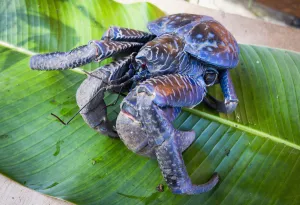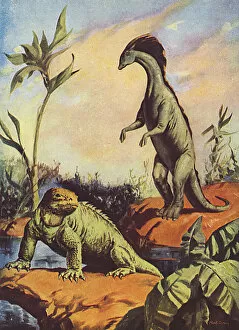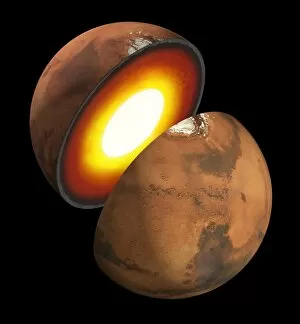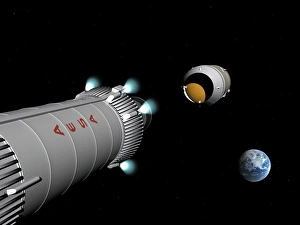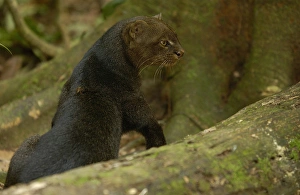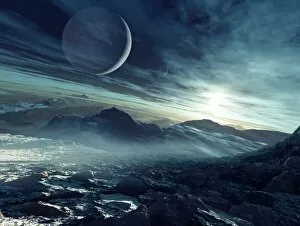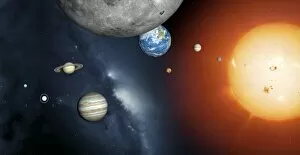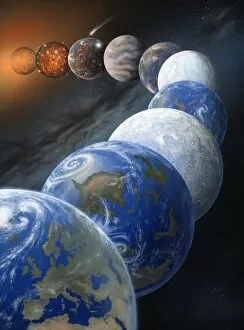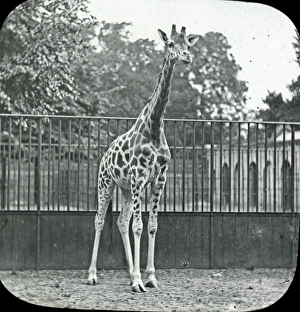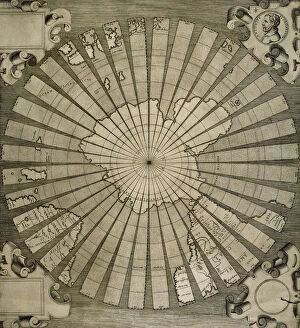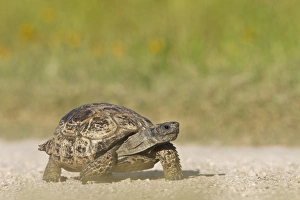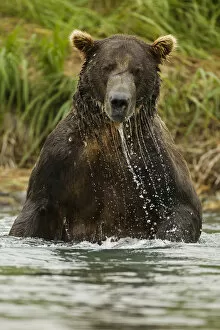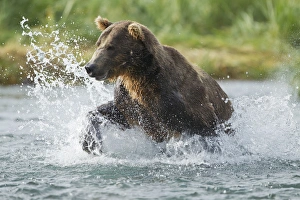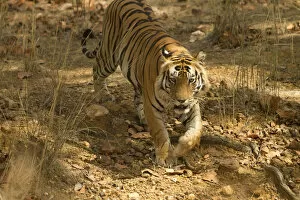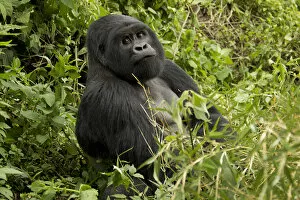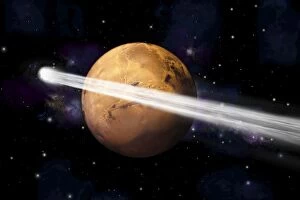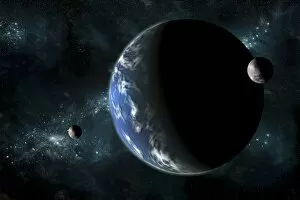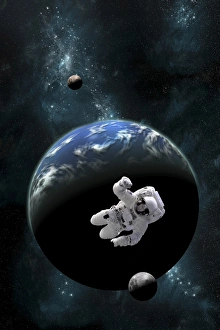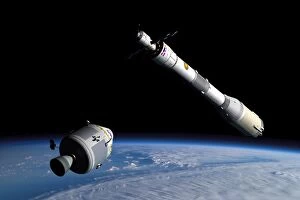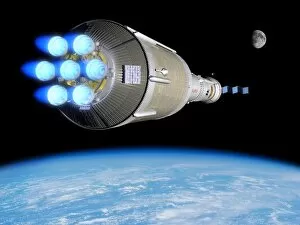Terrestrial Collection (page 11)
"Exploring the Terrestrial Realm: A Journey through Art and Science" Embark on a celestial adventure as we delve into the wonders of the terrestrial realm
All Professionally Made to Order for Quick Shipping
"Exploring the Terrestrial Realm: A Journey through Art and Science" Embark on a celestial adventure as we delve into the wonders of the terrestrial realm, where art and science intertwine to unravel the mysteries of our Solar System. Gazing at breathtaking artwork depicting our planetary neighbors, we marvel at their diverse landscapes and captivating beauty. From fiery Mars to majestic Jupiter, each planet holds its own allure, inviting us to explore beyond Earth's boundaries. Amidst this cosmic exploration, we encounter an unexpected guest - the Mauritian Dodo. This compact bird with its curved brown bill and feet stands as a symbol of earthly life amidst celestial grandeur. Its presence reminds us that even in vastness, there is room for delicate creatures like ourselves. As we journey further into history, Gerardus Merc's 1595 masterpiece "Septentrionalium Terrarum descriptio" unfolds before our eyes. This ancient map reveals how early astronomers envisioned our world within the context of a larger universe – a testament to humanity's enduring curiosity about its place in space. Moving forward in time, Hans Holbein's iconic painting "The Ambassadors" transports us back to 1533. Amidst intricate details lies a hidden message – an enigmatic skull reminding us of mortality against the backdrop of infinite possibilities beyond Earth. Venturing beyond familiar realms, Kepler-10b emerges from imagination onto canvas – an exoplanet teeming with potential for extraterrestrial lifeforms yet undiscovered by human eyes. Science fiction magazines like Startling Stories capture these fantastical visions that ignite our imaginations and propel us towards uncharted territories. But amidst all these cosmic wonders lies one constant - The Earth itself. Our home among stars shines brightly as we realize its uniqueness in sustaining life amid vast emptiness. Saturn looms nearby; both planets depicted accurately to scale remind us that despite differences in size or composition, every celestial body holds its own significance.





